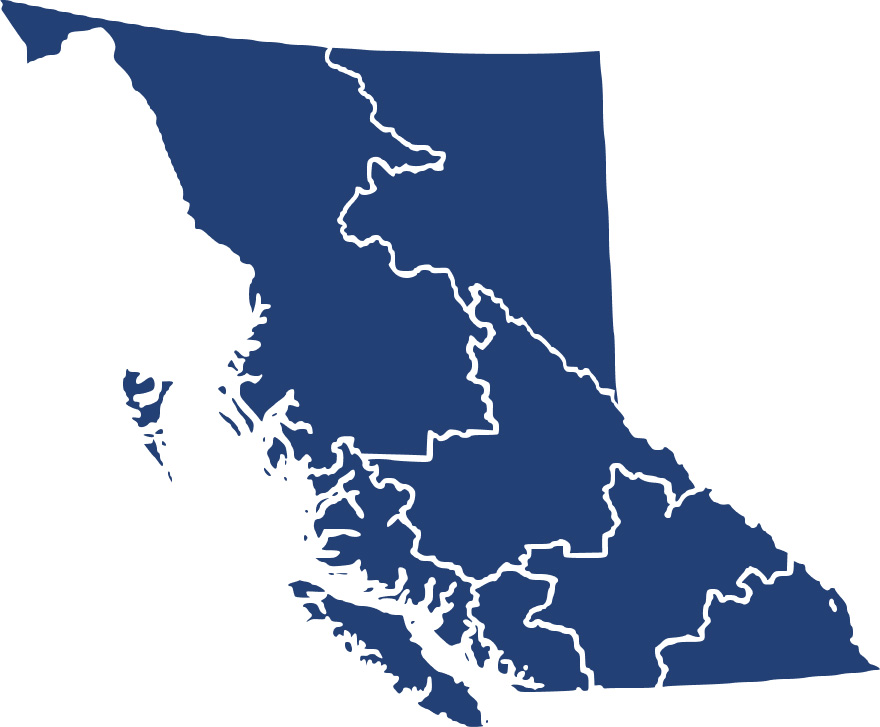Career Overview
Storekeepers and partspersons sort, store and issue the parts and supplies used by the establishment they work in or for sale to the public.
People in this occupation:
- Are employed by manufacturing companies, warehouses, retail and wholesale establishments, mining, forestry and construction companies, repair shops, hospitals and other establishments
Duties
Storekeepers and partspersons perform some or all of the following duties:
- Receive and sort incoming parts and supplies
- Store items in an orderly and accessible manner in a warehouse, tool room, supply room or other area
- Process incoming requisitions and issue or distribute parts and supplies for internal usage
- Maintain records of orders and the amount, kind and location of parts and supplies on hand using manual or computerized inventory system
- Prepare requisition orders to replenish parts and supplies
- Sell spare and replacement parts for motor vehicles, machinery and equipment in a retail setting
- Advise retail customers or internal users on appropriateness of parts, supplies or materials requested
Special duties
Storekeepers and partspersons may specialize in a particular line of parts such as automotive parts, recreational vehicle parts, marine parts, heavy equipment parts, agricultural machinery parts, heating, ventilating and air conditioning parts or refrigeration parts.
Earnings
Earnings is income that workers receive in exchange for their labour. Depending on the type of employment, earnings can be in the form of wages (hourly), salaries (fixed monthly or annual) or self-employed earnings.
Work Environment
# Workers Employed
4,770% Employed Full Time
67%Storekeepers and partspersons typically work 35 to 40 hours per week. Evening and weekend work may be required by those employed in retail outlets.
Those in this occupation generally work indoors at parts counters or in warehouses. These work environments can be dusty.
Workers may be required to stand for extended periods of time, operate large equipment (such as forklifts) or handle hazardous materials. Some clerks may be required to perform deliveries of parts to their customers.
Career Pathways
Progression to supervisory positions is possible with additional training and experience.
There are also many opportunities to specialize within this occupation.
Related Careers
Occupational Interests
It’s important to understand what kinds of occupations align with your interests.
For more about occupational interests visit Skills for the Future Workforce > Characteristics.
Here are the top occupational interest(s) for this career profile:
Job Titles
Education, Training and Skills
Storekeepers and parts clerks should have a minimum education of Grade 10 or the equivalent (including English 10, Math 10 and Science 10) however, completion of secondary school is preferred. Other training may include:
- On-the-job training
- Experience in a related clerical occupation or as a warehouse worker may be required
Other beneficial qualifications for a person in this career include:
- Completion of a three-year apprenticeship program (or a combination of work experience and some high school, college or industry courses) is required to be eligible for trade certification
- Certification is not mandatory in B.C., but it will likely increase employment opportunities
SkilledTradesBC offers a partsperson apprenticeship and an industrial engines and equipment partsperson apprenticeship. All apprenticeships require workers to find a sponsor employer willing to participate in the program.
Automotive partspersons are eligible for Interprovincial Standards Red Seal qualification through SkilledTradesBC, which allows holders to work in any province or territory. Once individuals pass the final examination of their accredited training program, they will achieve certification and will automatically receive Red Seal qualification.
Workers with 7,560 hours of documented, directly related work experience can challenge the interprovincial Red Seal examination for the partsperson apprenticeship.
For more information, please see SkilledTradesBC's website at: https://skilledtradesbc.ca.
Education programs in B.C.
The following program areas are related to this occupation:
- Academic/Basic Upgrading

Skills
Every job calls for a certain set of skills. Knowing those skills is the first step in finding a good career fit.
Here, you will find the 10 most relevant workplace skills. Some are more important to achieving success in a certain career than others. These skills may come naturally to you or you may need to gain them through education, training and experience.
See the list of work-related skills below, ranked in order of importance for this career. Check out the list and see if this career matches your skills—take that first step!
Giving full attention to what other people are saying, taking time to understand the points being made, asking questions as appropriate, and not interrupting at inappropriate times.
Understanding written sentences and paragraphs in work-related documents.
Talking to others to share information effectively.
Actively looking for ways to help people.
Being aware of others’ reactions and understanding why they react as they do.
Using logic and reasoning to identify the strengths and weaknesses of alternative solutions, conclusions or approaches to problems.
Keeping track of and assessing your performance, other individuals, or organizations to make improvements or take corrective action.
Convincing others to change their mind or behaviour.
Adjusting actions in relation to others' actions.
Communicating effectively in writing as appropriate for the needs of the audience.
Labour Market Statistics
Discover data, facts and information that have been gathered and analyzed. Learn about the characteristics of the economy and labour market in B.C.
Employment
Find out about employment types and trends by region and industry.
Employment
4,770Employment by Region















| Region | Employment | % Employment of this Occupation |
|---|---|---|
| Cariboo | 395 | 8.3% |
| Kootenay | 215 | 4.5% |
| Mainland/Southwest | 2,155 | 45.2% |
| North Coast and Nechako | 235 | 4.9% |
| Northeast | 200 | 4.2% |
| Thompson-Okanagan | 800 | 16.8% |
| Vancouver Island/Coast | 775 | 16.2% |
Labour Market Outlook
The B.C. Labour Market Outlook is a 10-year forecast of the expected supply and demand for labour in the province. It’s usually updated every year. The purpose is to provide British Columbians with the knowledge to make informed decisions on careers, skills training, education and hiring.
Forecasted Job Openings (2023-2033)
1,890Forecasted Job Openings
Forecasted Employment Growth Rate
Composition of Job Openings
Job Openings by Region (2023-2033)















| Region | Job Openings | Avg. Annual Employment Growth |
|---|---|---|
| Cariboo | 140 | 0.5% |
| Kootenay | 70 | 0.8% |
| Mainland/Southwest | 870 | 1.0% |
| North Coast and Nechako | 70 | 0.6% |
| Northeast | 80 | 1.6% |
| Thompson-Okanagan | 340 | 1.0% |
| Vancouver Island/Coast | 330 | 0.8% |
Industry Highlights
Learn about the opportunities in B.C.'s major industries, including employment trends, earning potential, locations of work and more.
Forecasted Job Openings by Industry
| Industry | Job Openings (2023-2033) |
|---|---|
| Retail Trade | 810 |
| Wholesale Trade | 480 |
| Health Care And Social Assistance | 140 |
| Manufacturing | 110 |
| Repair, Personal And Non-Profit Services | 90 |
Insights from Industry
The majority of job openings in this field will come from replacing retiring workers.
Demand for these workers is driven largely by B.C.'s automotive industry. The number of cars is increasing due to population expansion and tourism traffic. Trends indicate that people are keeping their cars longer.
The use of technology, such as computerized systems for inventory control, ordering and scheduling is significantly reducing the demand for these workers. Increased competition from both big box stores and online shopping has pressured retail outlets to reduce costs through the automation of inventory systems. Workers with good computer skills will have an advantage over others seeking employment in this area.
Resources
-
Associated Equipment Distributors (AED)www.aednet.org
-
Automotive Industries Association (AIA) of Canadawww.aiacanada.com
-
Automotive Retailers Association (ARA)www.ara.bc.ca
-
CARS OnDemandwww.carsondemand.com
-
SkilledTradesBCskilledtradesbc.ca/








